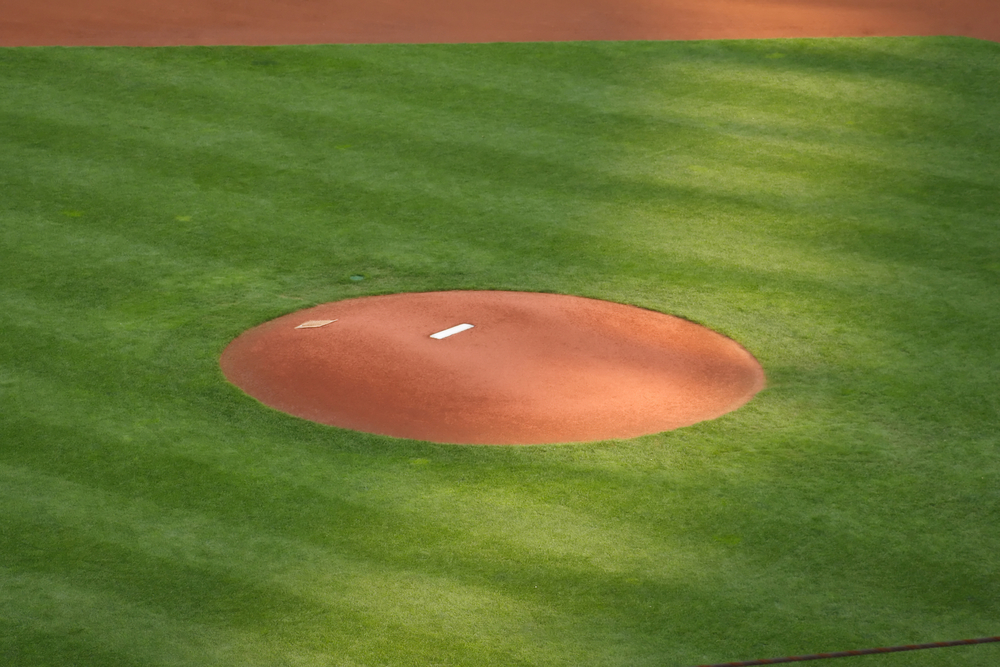Field Guide
How To Maintain The Perfect Pitcher’s Mound For Your Baseball Or Softball Field
May 13, 2015
Perhaps no other area on a baseball or softball field deserves more attention than the pitcher’s mound. Every play starts with a pitch, and with every pitch, the pitcher is planting his/her foot and putting his/her whole body into the throw. For the pitcher’s safety, it is absolutely critical that the mound is in good condition. Poor footing or a lack of wear resistance could put the pitcher at serious risk for injury, and it can affect the quality of play on the field.

By regularly maintaining your pitcher’s mound, you can improve the safety of your field and limit the time and money that will need to be spent in the future to rebuild or renovate this critical area.
With that in mind, here are some essential tips for properly maintaining the pitcher’s mound on your baseball or softball field:
- Daily play demands daily maintenance — If your pitcher’s mound gets used nearly every day, whether in games or in practice, you’ll need to perform daily maintenance to keep the mound in good, safe playing condition. This is not something you can afford to neglect or slack on. The safety of your players depends on your consistent mound maintenance.
- Sweep any debris and loose dirt from holes or worn areas — Holes and general wear and tear tend to occur in localized areas on the pitcher’s mound. Usually, it’s the spots where the pitcher pushes off with his/her foot and the area where his/her foot lands when completing the pitch. Sweeping these holes clear of any debris lets you expose the packing clay so it will properly bond with the new clay and you can repair it properly.
- Dampen the hole and add new clay — Before filling the hole with new clay, first lightly moisten the dry hole. The moisture will help create a solid bond between the old clay and the new clay. Once you’ve filled the hole with new clay, tamp it into place.
- Rake the mound — After you finish repairing the holes in your pitcher’s mound, rake the repaired areas and also rake debris from the entire pitcher’s mound. Then, add water and let the mound heal and dry.
- Cover the mound when not in use — Once you’ve watered the mound and it’s not going to be used, place a pitcher’s mound cover over it. This will help keep the mound at the right level of moisture, and it will also keep the elements, pests, foot traffic and other potential hazards from causing damage to the mound.
By following these simple maintenance tips, you can create a safe, beautiful pitcher’s mound on your baseball or softball field.
Get a Free Quote
Ready to order or looking for more info? We’re here to help!Questions?
Call Us Today!
Visit Us
CoverSports
5000 Paschall Avenue
Philadelphia, PA 19143, USA


